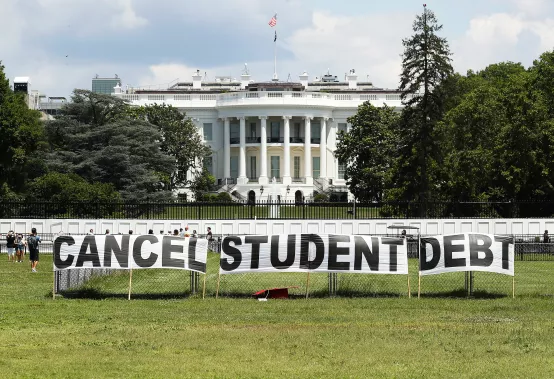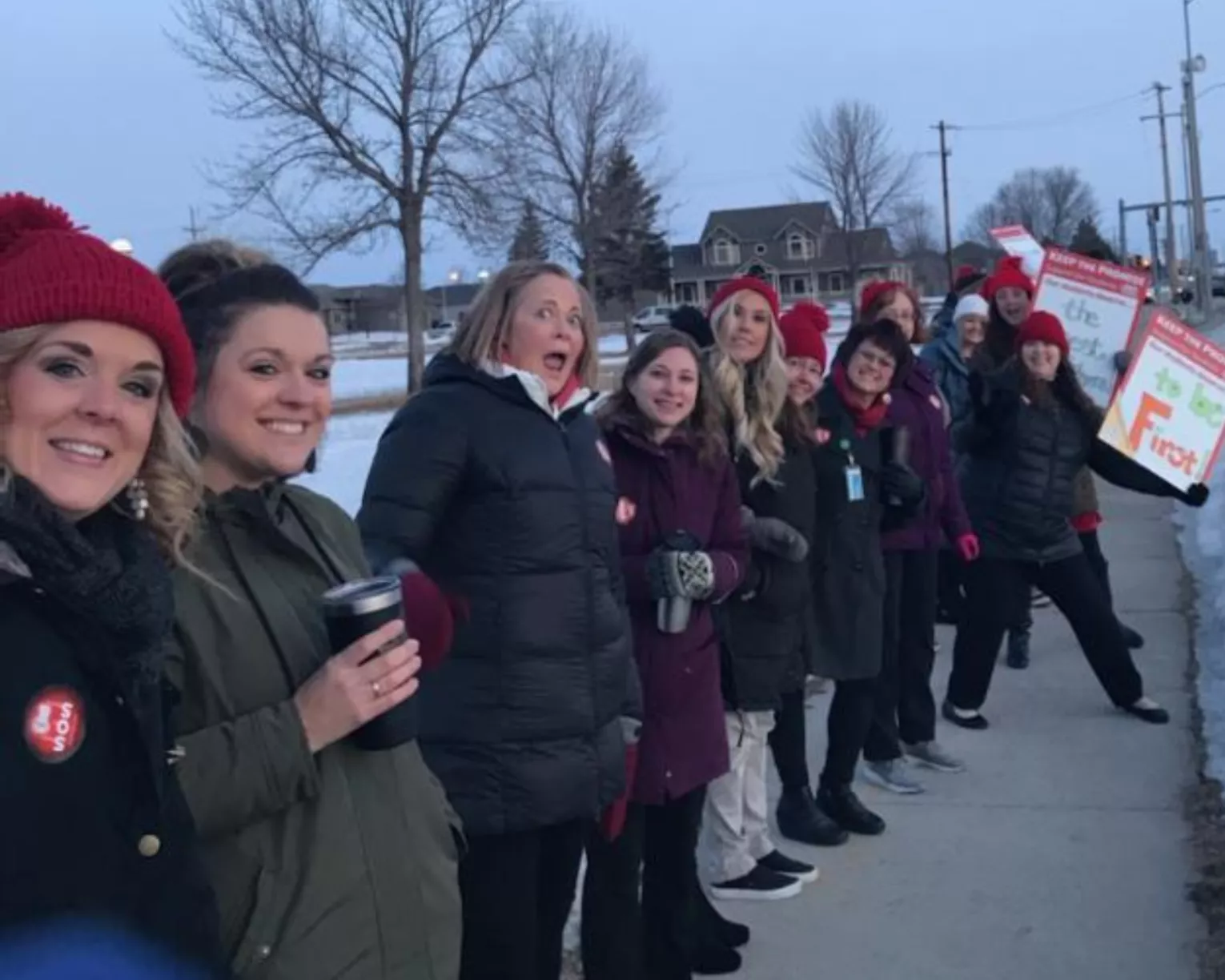More careers than ever require post-secondary education, yet higher education is increasingly out of reach. Students and families—not public dollars—now fund the bulk of higher education costs.
For years, NEA members advocated canceling college debt to help fix educator shortages. Now, because of the Biden administration’s life-changing actions, student loans taken out by 48 million borrowers are being substantially reduced, forgiven, or even canceled outright.
A History Advocating for Higher Education
Higher Education Act Becomes Law
Pell Grants Begin
Higher Education Act Reauthorization
GEAR UP Begins
PSLF Program Created
Higher Education Opportunity Act Enacted

PSLF Program Overhauled to Meet Educators' Needs
Speak Up For Students and Public Schools


